Snowboard Boots & Liners Care Guide
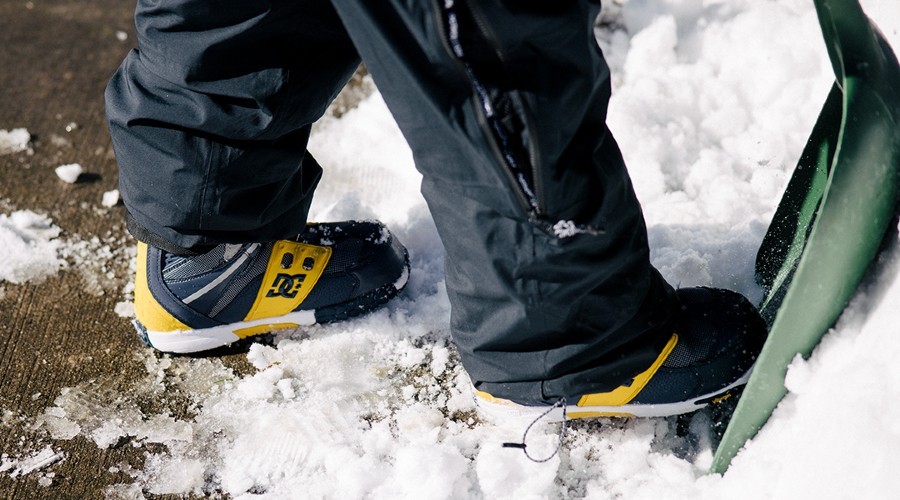
Snowboard boots are one of the most important pieces of equipment we buy as snowboarders.
Regular maintenance practices, such as washing snowboard boots and proper drying techniques, help them to last much longer.
How to clean snow boots might not be something you know how to do, but by the end of this care guide, you will be an expert on keeping your boots looking and smelling out-of-the-box fresh. And, just so we’re all on the same page, this isn’t a guide on how to clean snowshoes, how to clean winter boots, how to wash snow boots, or even the best way to store winter boots, even though a lot of the same rules apply. We’re talking strictly about how to wash snowboard boots and how to clean snowboard boot liners.
How To Clean Snowboard Boots
Cleaning snowboard boots is a straightforward process that requires some basic equipment and a bit of time. Set aside at least an hour to properly clean your boots and at least 24 hours of drying time.
What You’ll Need for Cleaning:
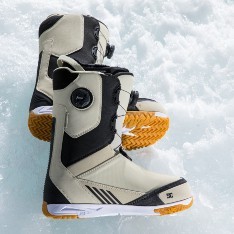
Some basic tools we use to clean our snowboard boots include:
- Bucket
- Detergent
- Waterproofing conditioner
- Toothbrush
- Sponge
- Drying cloth
Once you have the basic equipment, it’s time to roll up your sleeves and start cleaning. This care guide will teach you all you need to know to keep your boots fresh and clean all season long.
“Can You Wash Snowboard Boot Liners?”
Yes, you can wash your snowboard boot liners. The most important thing is to follow the manufacturer’s instructions regarding machine washing, detergent type, and sensitivity to heat.
Generally, hand washing is preferred as snowboard boots run the risk of being damaged if washed in a machine. Boots run the risk of shrinking or deforming if washed or dried with heat so use cold water and air dry if possible.
For most boots laundry detergent is fine to use, however, if your boot has Gore-Tex, Sympatex or any other membrane, it is best to use an appropriate cleaner such as NikWax.
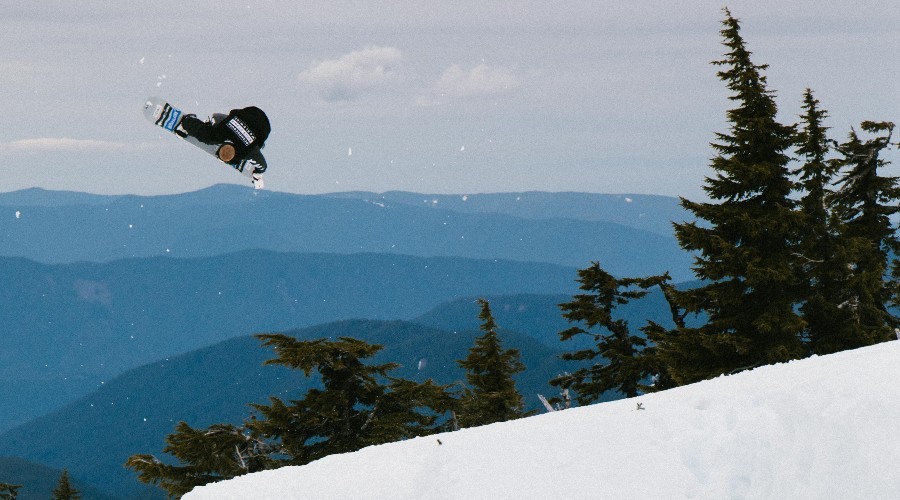
How To Wash Boots and Liners
The first step is to separate the shells from the liners. To do this:
- Loosen your laces, boa, hook and loop or whatever fastening system your boots use.
- Pull the tongue of your shell forward a bit to make room.
- Slide your hand down the back of the boot between the shell and the liner and grab the liner as low down as you can.
- Pry the liner out of the shell by gently leaning it towards the tongue of the shell.
- Lastly, pull the insole out of the liner.
- Do this with both boots.
Next, it’s time to wash the shells, liners and insoles separately.
How To Wash Snowboard Boot Liners and Insoles
- Fill your bucket with cold water and a bit of laundry detergent. Use cold water as liners are often heat-sensitive and might shrink or deform if heated.
- Place the liners and insoles in the soapy bucket and allow them to soak for at least 15 minutes. Agitate the water with your hand now and then.
- After soaking, scrub the liners with a sponge.
- Rinse out the soap with cold water.
- Dry your boots by placing them in the sun, in a well-ventilated area, or on a boot dryer if you have one. Never place your boots directly on a heat source as they can be damaged.
How To Wash Snowboard Boot Shells
- While your liners and insoles are soaking, rinse the shells with water to remove loose and excess dirt on the shell.
- Next, use a sponge with soapy water to clean the boot shells. Use the toothbrush for hard-to-reach areas or stubborn stains.
- Use your cloth to dry the boots and apply the waterproofing conditioner following the manufacturer’s instructions.
- Some conditioners go on a damp boot, others need the boot to be dry. Conditioning the boot shells with a leather or mixed-material conditioner rejuvenates waterproofing and revitalizes the material.
- Dry out snowboard boot shells in the same way as the liners. Direct sunlight or a boot dryer, and never directly on a heat source.
After 24 hours or so, when your boots, liners and insoles are dry, reassemble your boots and lace them up for storage. Lacing your boots helps them keep their shape when not in use. You can place some newspaper inside your liners to ensure that the inner toes are completely dry out.
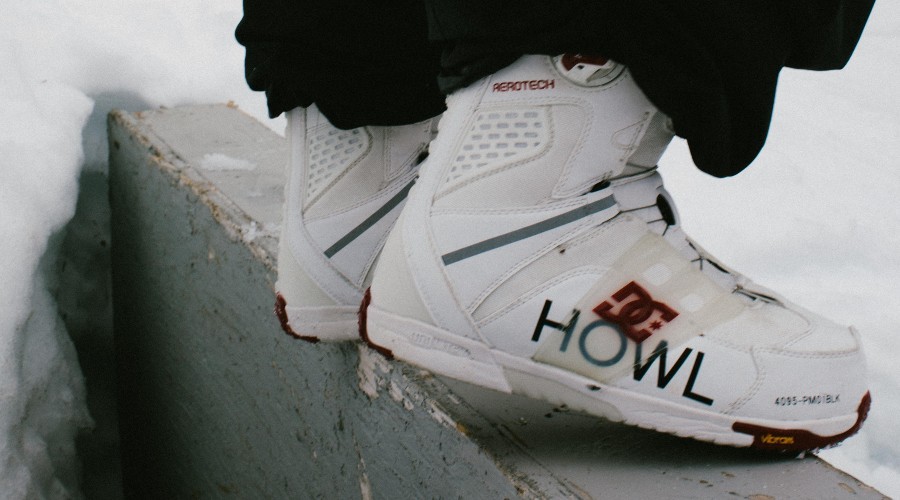
How Do I Take Care of My Snowboard Boots and Liners?
The following maintenance tips can keep your boots feeling fresh and protect you from the elements for longer than if ignored.
During the Winter
Knowing how to dry snow boots is key to helping them last as long as possible and keeping them in the best condition. To properly dry your boots, use the following steps:
- Take the liners out of the shells and dry them separately.
- Dry them in the sunlight, in a well-ventilated area or on a boot dryer. Never dry them directly on a heat source as this can damage your boots.
- Once the separate parts are dry, reassemble and lace them up for storage to help them keep their shape.
To give your boots a bit more life as their life-cycle progresses, keep the following tips in mind:
- If your boots feel like they’re getting too soft or they don’t fit as snugly as they used to, work with a boot fitter and install J-bars, C-bars or a tongue stiffener on the liner to give your boots a few more miles.
- Try to walk on snow rather than on pavement whenever possible to conserve the soft rubber treads under your boots.
- Try not to rest your board on your boot while sitting on the chairlift as the sharp metal edges will wear down your boots. Try sliding your toe under the heel cup of your binding instead.
- If your feet get cold every time you go out on the mountain, try putting a layer of aluminium foil under your insole to reflect warmth back at your foot.
How to Store Snow Boots
The most important thing for storing your snowboard boots is that they are dry before putting them away. To ensure this, pull them apart and leave them out to dry for a full 24 hours before reassembling for storage. Lace the boots and secure all the fasteners to help your boots keep their shape during the off-season.
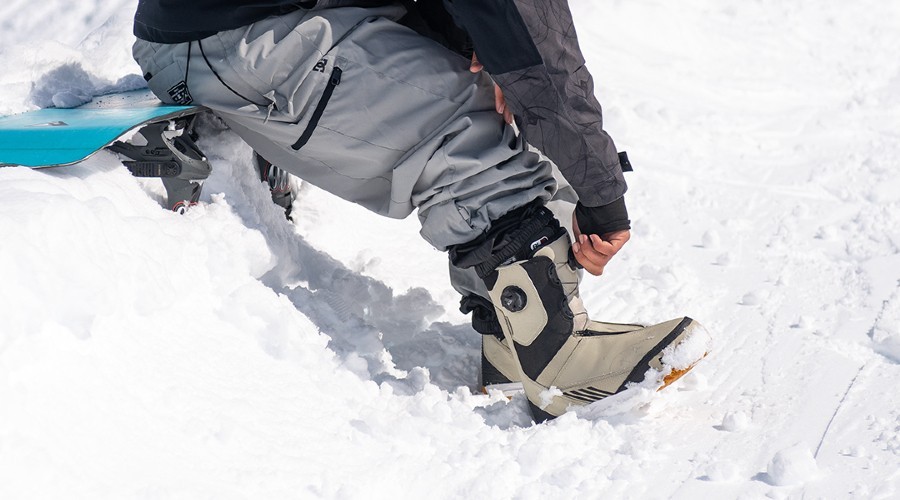
“How Do I Prevent Snowboard Liners from Smelling?”
Smelly snowboard boots are the result of bacteria making a home of your boots. Bacteria like damp areas, so your first line of defence against smelly boots is to properly dry them using the steps outlined above.
Other tips include using shoe powder to wick away excess moisture. This can be used before and after riding to help keep your feet and your boots dry.
If your boots become excessively smelly, your best solution is to wash them as described in this article. Be sure to wash them thoroughly to kill that smell-causing bacteria.
How Do I Know When to Buy New Snowboard Boots?
Your snowboard boots will eventually reach a point where they no longer work as they were designed to and it comes time to buy a new pair.
It might be time to replace your boots if they are:
- Leaking because of cracks in the shell, the sole or at the seams.
- So stretched out that your boot feels one size too big.
- So stretched out that your boot feels one size too big.
- Unable to keep your feet warm because the liner is too packed out.
Snowboard boots are designed to keep you warm and dry, and give your ankles the support they need to make your snowboard turn. After reading this article you now know how to give your boots the longest life possible and make the most of your investment. Like all equipment, snow boots have a life-cycle and there comes a time when it is best to purchase a new pair. Take care of your feet and ride a little longer.
SHOP MEN'S SNOWBOARD BOOTS SHOP WOMEN'S SNOWBOARD BOOTS
Related Articles
Buying Guide for Snowboard Clothing & Gear
How To Choose Snowboard Jackets
